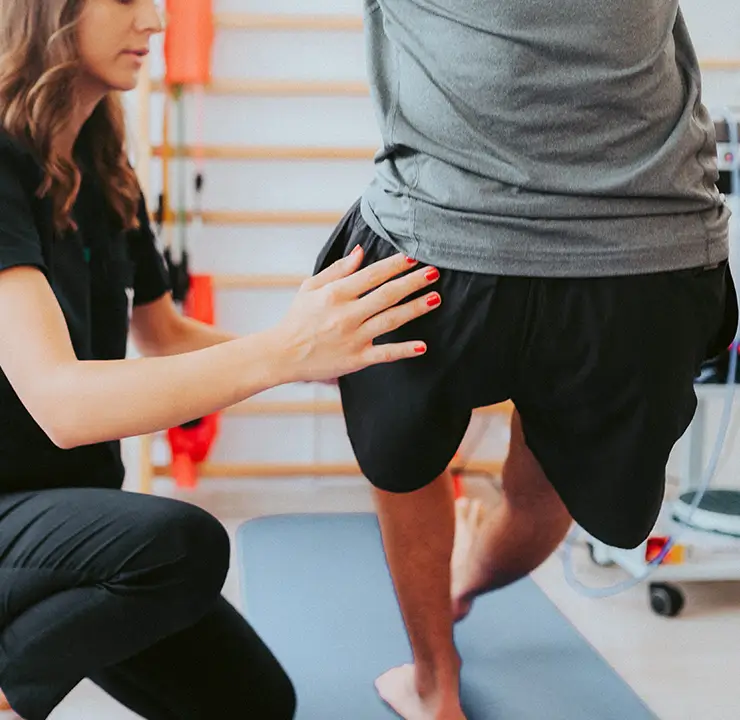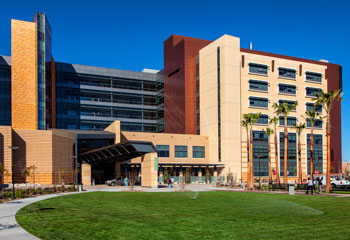
Hip Care
We know the toll hip pain can take on your daily life. UCI Health orthopaedic specialists are here to help diagnose and treat all forms of hip ailments.

Don’t let hip pain keep you from living your best life
Our hip care specialists can get you up and moving with comprehensive, outpatient care.
Call 714-456-7012 to make an appointment with an hip care specialist.
Our approach to hip care
Initial screening
During your initial examination, your physicians will take X-rays of your hips, compare them to any previous images and conduct a full medical physical history and physical. They will ask about your mobility limitations and functionality and examine your gait and range of motion.
Treatment plan
Once your condition is diagnosed, they will work closely with you to develop a treatment plan.
Your physician will exhaust all non-surgical options, working with a multidisciplinary team that includes other orthopaedic physicians, physical therapists and sports medicine specialists.
Hip surgery
When surgery is required, you can be assured that it will be as quick and painless a procedure as possible.
Between 80 and 90% of UCI Health hip surgery patients make a full recovery in three months. Around 60% are recovered by six weeks.
You can expect to be walking the same day as your surgery. Most patients return home the same day or the following day. When you are discharged, you will be fairly independent in your movements.
Recovery
After your surgery, one of our nurse navigators will follow up with you within the week and check how you are recovering. Typically, you'll have home health physical therapy for the first six weeks, often working with a nurse who will come to your home.
We also offer a medication pathway if you require lots of medication post-surgery. This reduces your risk of dependency by prescribing different medications that work synergistically.
Why choose UCI Health for hip care?
Unmatched expertise
The hip care surgeons at UCI Health are experts in treating every kind of hip condition, from degenerative diseases, to traumatic injuries, to sports injuries, to complications from surgery.
Whole-person comprehensive care
Our multidisciplinary teams work closely to provide you individually tailored, holistic care that can include surgical and non-surgical treatments, physical therapy and rehabilitation, medications and injections, and alternative therapies.Orange County’s only academic medical center
Our team uses advanced technologies, including robot-assisted surgery and specialized hip procedures like periacetabular osteotomy and joint replacement. As Orange County’s only academic medical center, we also have access to unique research, with our physicians involved in studies and clinical trials exploring stem cells for muscle regrowthLooking for more options?
View all clinicians
Find an orthopaedics clinical trial
Talk to your doctor to see if a orthopaedics clinical trial is right for you.
Featured News Stories

UCI Health — Orange nurse receives inaugural Excellence in Acute Care Nursing award

UCI Health — Orange secures an 'A' safety grade





